New computer program uses brain activity to draw images of airplanes, leopards, and stained-glass windows.
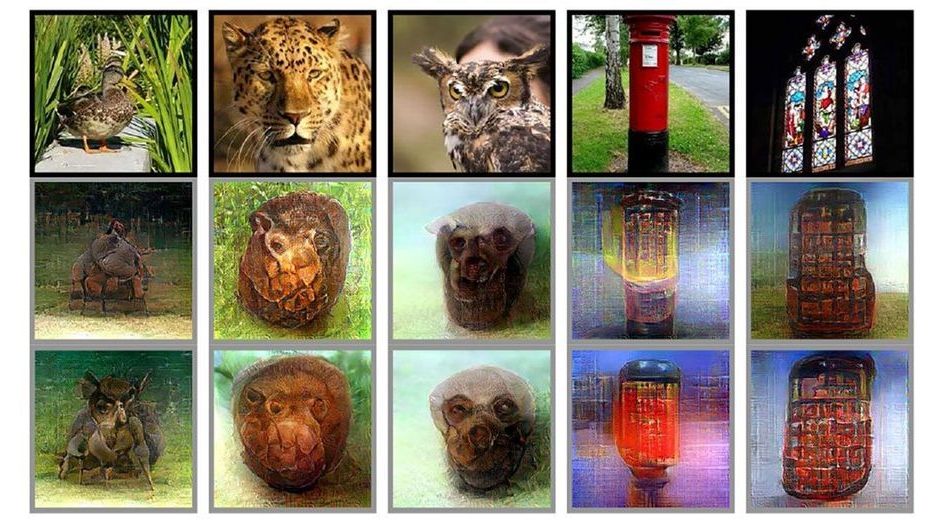

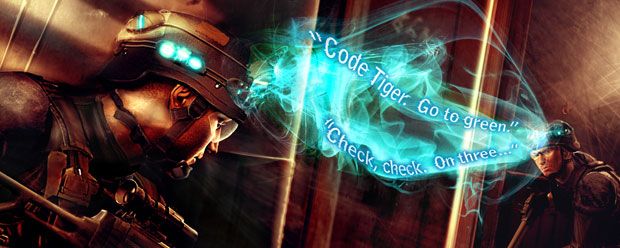

NEW ORLEANS—Exposure to the widely used chemical bisphenol A (BPA) during pregnancy, even at levels lower than the regulated “safe” human exposure level, can lead to changes in circadian rhythms, according to a mice study to be presented Monday at ENDO 2019, the Endocrine Society’s annual meeting in New Orleans, La. The researchers report these changes may be a contributing factor in hyperactivity seen in BPA-exposed mice.
“The hypothalamus, which we have identified as a brain region that is particularly susceptible to developmental disruption by BPA, contains the site of the clock cells that govern daily rhythms throughout the body,” said researcher Deborah Kurrasch, Ph.D., Associate Professor at the University of Calgary in Calgary, Canada. “We have shown in previous research that BPA exposure in utero can cause defects to the development of hypothalamic nuclei and hyperactivity, and here we explored whether a shift in circadian biology might explain why the animals moved more.”
BPA is a chemical that is added to many commercial products, including water bottles, paper receipts, can liners and food storage containers. It is known as an endocrine-disrupting chemical—a chemical that interferes with the body’s hormones.

Researchers identify a major risk factor for pernicious effects of misinformation.

What happens in our brain when we listen to the rhythmic pace of a song or when, at the traffic light, the light is red and we are trembling awaiting the green? How do we perceive such an abstract feature of the world? For the first time in humans, an imaging study shows that in a specific area of the brain, the so-called “supplementary motor area (SMA)”, a time map exists. The study, conducted by the team led by SISSA Professor Domenica Bueti and published in PLOS Biology, shows that distinct portions of the SMA, a region of the cerebral cortex important for both motor preparation and time perception—respond preferentially to different durations. The portions of the SMA responding to similar durations are in close spatial proximity on the cortical surface according to an anterior-to-posterior spatial gradient. The most anterior portions of SMA are greatly active for the shortest duration (200 ms), while the most posterior bits are active for the longest duration (3 sec), the intermediate durations led to the activation of the cortex between those extremes. These novel findings, which are the result of a collaborative effort between SISSA and research institutions in Japan, Switzerland and the Netherlands, are important to gain insights on the computational architecture underlying time perception and they also open up new perspectives to the study of temporal cognition.
The representation of time
“Topography i.e., the fact that neurons processing similar stimulus properties occupy neighbouring positions on the nervous system, is an encoding mechanism widely used in the brain to represent sensory and motor information. For example, there is a body map in our primary somatosensory cortex. In this map, the portions of the cortex receiving tactile information from the hand and the wrist are neighbours compared to those receiving information from the toe” says Domenica Bueti, coordinator of the research whose leading author is the Greek researcher Foteini Protopapa: “our findings show that a topographic representation exists also for something immaterial like time”. Previous studies conducted in humans and other animals have shown the involvement of SMA in time perception. However none of those previous works clarified how temporal information is represented in this area.
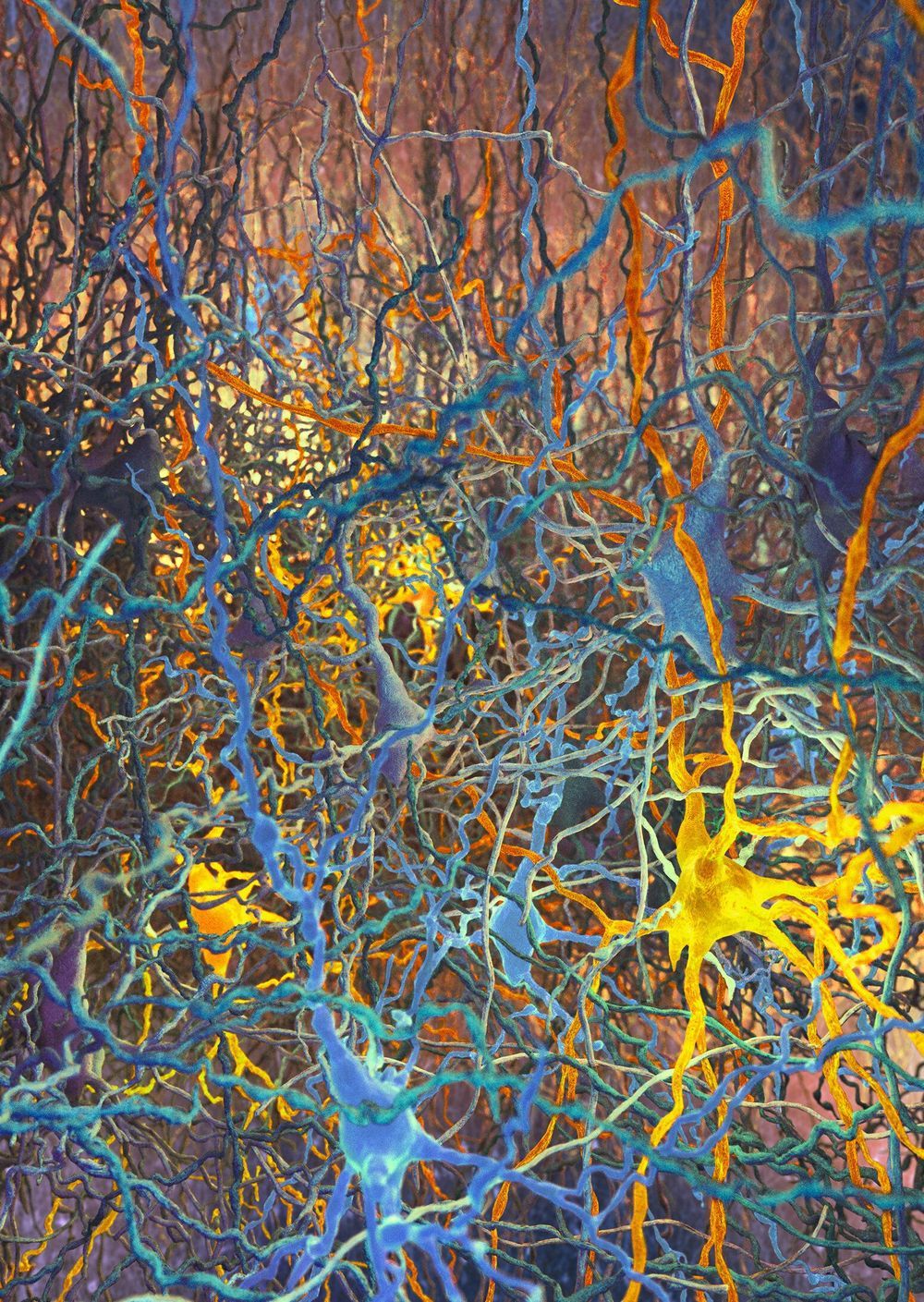
A team led by Lida Kanari now reports a new system for distinguishing cell types in the brain, an algorithmic classification method that the researchers say will benefit the entire field of neuroscience. Blue Brain founder Professor Henry Markram says, “For nearly 100 years, scientists have been trying to name cells. They have been describing them in the same way that Darwin described animals and trees. Now, the Blue Brain Project has developed a mathematical algorithm to objectively classify the shapes of the neurons in the brain. This will allow the development of a standardized taxonomy [classification of cells into distinct groups] of all cells in the brain, which will help researchers compare their data in a more reliable manner.”
The team developed an algorithm to distinguish the shapes of the most common type of neuron in the neocortex, the pyramidal cells. Pyramidal cells are distinctively tree-like cells that make up 80 percent of the neurons in the neocortex, and like antennas, collect information from other neurons in the brain. Basically, they are the redwoods of the brain forest. They are excitatory, sending waves of electrical activity through the network, as people perceive, act, and feel.
The father of modern neuroscience, Ramón y Cajal, first drew pyramidal cells over 100 years ago, observing them under a microscope. Yet up until now, scientists have not reached a consensus on the types of pyramidal neurons. Anatomists have been assigning names and debating the different types for the past century, while neuroscience has been unable to tell for sure which types of neurons are subjectively characterized. Even for visibly distinguishable neurons, there is no common ground to consistently define morphological types.
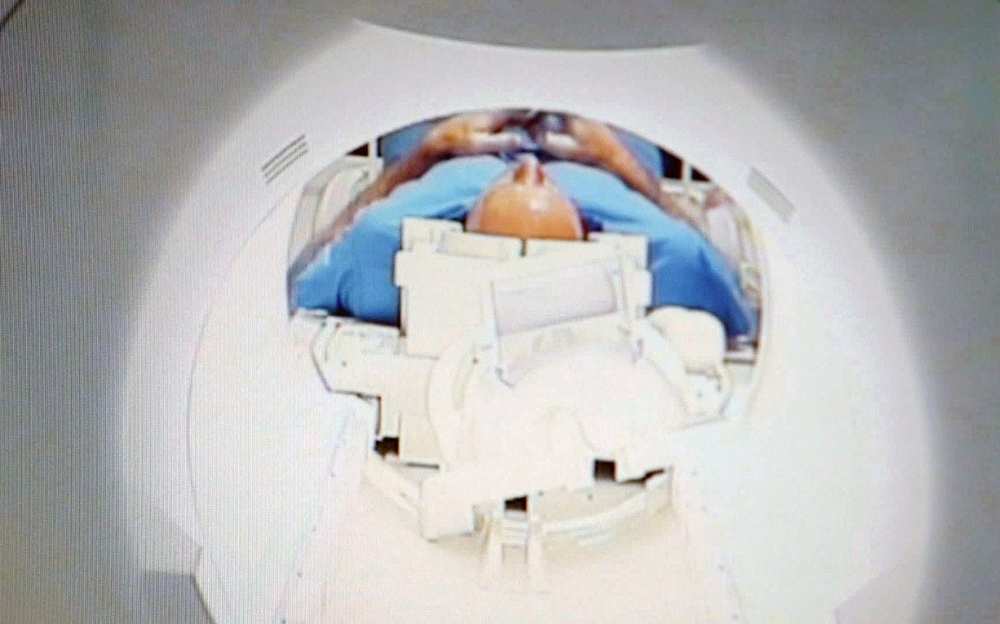
Childhood trauma such as neglectful parenting causes physical scarring to the brain and increases the risk of severe depression, a new study has found.
For the first time, scientists have linked changes in the structure of the brain both to traumatic early-years experiences and poor mental health in later life.
Published in the Lancet, the study found a “significant” link between adults who had experienced maltreatment as children with a smaller insular cortex, part of the brain believed to help regulate emotion.
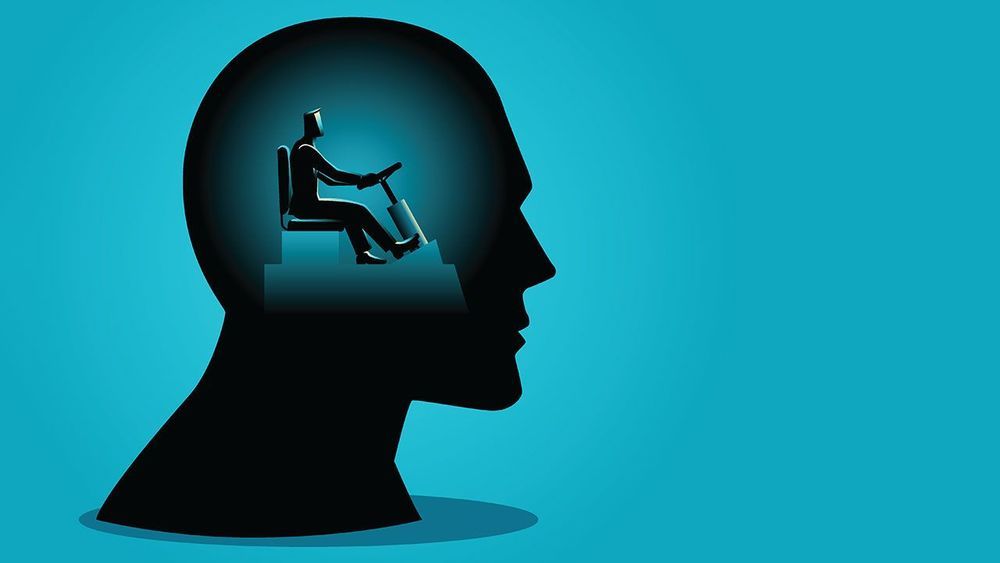

The newest FDA-approved medication to treat severe depression, a nasal spray based on the anesthetic (and misused hallucinogenic party drug) ketamine, will soon be available to veterans treated within the Department of Veterans Affairs.
In a move that may help thousands of former service members with depression that has not improved with other treatments, VA officials announced Tuesday that the department’s doctors are now authorized to prescribe Spravato, the brand name for esketamine, a molecular variation of ketamine.
The decision to offer a drug hailed by many as a breakthrough in treatment for its speedy results — often relieving symptoms in hours and days, not weeks — shows the VA’s “commitment to seek new ways to provide the best health care available for our nation’s veterans,” Secretary Robert Wilkie said in a release.
According to the U.S. Centers for Disease Control and Prevention, about half of all Americans will have periodontal disease at some point in their lives. Characterized by inflamed gums and bone loss around teeth, the condition can cause bad breath, toothache, tender gums and, in severe cases, tooth loss. Now, in ACS Nano, researchers report development of a membrane that helps periodontal tissue regenerate when implanted into the gums of rats.
To regrow lost gum tissue and bone, scientists have tried implanting pieces of polymers that form a protected niche near the root of a tooth, recruiting nearby stem cells and helping them differentiate into new gum and bone cells. However, a second surgery is usually required to remove the polymeric membrane, which can get in the way of the healing process. Although researchers have developed biodegradable membranes, these materials don’t tend to work as well for re-growing periodontal tissue. Alireza Moshaverinia, Paul Weiss and colleagues wanted to develop a membrane that would enhance periodontal tissue regeneration and then be absorbed by the body when healing was complete.
The researchers made nanofibrous membranes of poly(ε-caprolactone), a biocompatible polymer already approved for medical applications. They then coated the membrane with polydopamine (PDA), a synthetic polymer that mimics the sticky protein that mussels use to attach to wet surfaces. In the lab, dental-derived stem cells adhered to the membrane and differentiated. The PDA coating also attracted calcium and phosphate ions, leading to early bone mineralization. When the researchers implanted the membranes into the gums of rats with periodontal defects, bone at the defect sites regenerated to normal levels within eight weeks. By this time, the membranes had degraded and were absorbed by the rats.